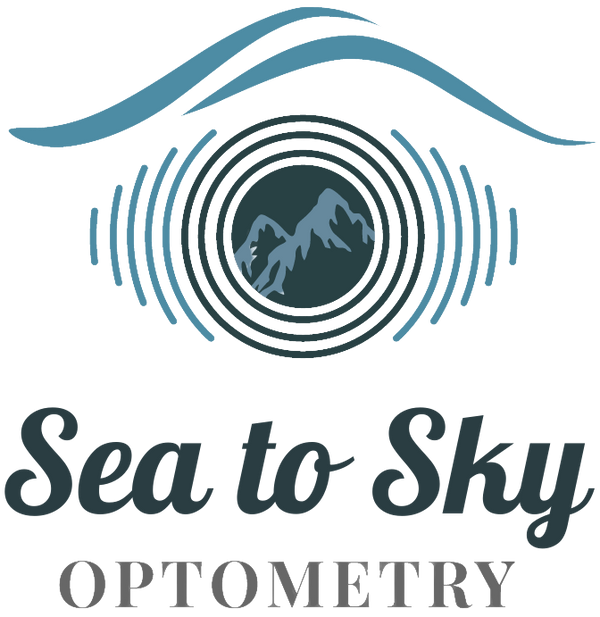What is Myopia?
Myopia is near-sightedness which means the prescription is negative power (-) and distance vision is blurred without corrective lenses. For example, a prescription of -1.00D usually means objects seen farther than 1m away are blurred and the patient will likely need glasses to pass the legal driving vision requirement. The risk factors for development of myopia include family history, ethnicity (east asian), increased near work and screen time.
What are the risks of high myopia?
Myopia progresses because the retina elongates beyond the normal range. With higher levels of myopia it increases the risk of retinal detachment, glaucoma, and myopic maculopathy as the retinal tissue thins. Myopic maculopathy is a leading cause of visual impairment worldwide, with a 40x increased risk in individuals with myopia of -6.00D or more. The global prevalence of visual impairment (including blindness) caused by myopic maculopathy is predicted to increase from 10 million people in 2015 to 55.7 million in 2050.
What is Myopia control?
Our goal is to stabilize myopia to prevent any further change to vision. The goal is less than 0.25D of change per year. Myopia control management can be discontinued after 18 years of age or no progression in myopia over the past 2 years.
Myopia control is indicated when there are the following factors:
- Myopia before age of 8
- Myopia in parents
- Over 0.50 D increase per year
- Issue with focusing at near
- Crossed eye posture at near
- Uncrossed eye posture at distance (eye turns out)
- New astigmatism
Myopia level:
Mild is under -0.75D
Moderate is under -4.00D
High is over -4.00D
Unfortunately, there is no safe level of myopia. Every additional 1 diopter increase in myopia increases risk:
- Myopic Maculopathy 57% increased risk
- Glaucoma 20% increased risk
- Cataract 21% increased risk
- Retinal Detachment 30% increased risk
Myopia Management Options
- Specialized glasses lenses - Clear central with a peripheral defocus design to prevent the retina from elongating.
- Specialized conact lenses - Clear central with a peripheral defocus design to prevent the retina from elongating. This is available in soft contacts for daily wear and specialty ortho-k lenses for night-time only wear.
- Pharmaceutical agents - unknown mechanism but is up to 60% effective at reducing myopia progression.
Myopia Management Chart:
|
Method |
Effectivity |
Investment |
|
Low dose atropine eyedrops |
60% effective |
$600 investment / year |
|
Soft contact lenses |
Biofinity D-Lens Monthly |
$340 / 12 pairs / yr |
|
|
MiSight Daily |
$1250 / 360 pairs /yr Fit Fee $100 |
|
Orthokeratology Rigid contact lenses |
60% effective Be Free contact lens Overnight wear, clear vision all day |
$780 / 1 pair /yr Fit Fee $200 |
|
Glasses |
60% effective Peripheral plus design |
$768 for 2 pairs |
|
Near-task glasses |
30% effective |
$259 |
|
Vision Therapy |
improve binocular vision |
$774 / 6-sessions |
|
Near task ergonomics |
hold near work at arms distance |
$0 |
|
Food Intake |
Increase protein Folate fibers (kale, spinach) Decrease refined sugars and carohydrates |
$0 |
|
Diet supplements |
Vitamin D Folate/ Folic Acid/ Vit B6 400ug/day Omega 3 2000mg/day |
$20/month |
|
Time outdoors |
40+ minutes daily |
$0 |
Standard glasses lenses have no myopia control and do not prevent the progression of myopia.
What myopia control options are approved by the FDA?
- Peripheral defocus spectacle lenses (Miyosmart, Stellest)
- MiSight soft daily contact lenses
- Ortho-K specialty contact lenses for night wear
All other methods have scientific evidence but are not approved by the FDA for myopia control.


